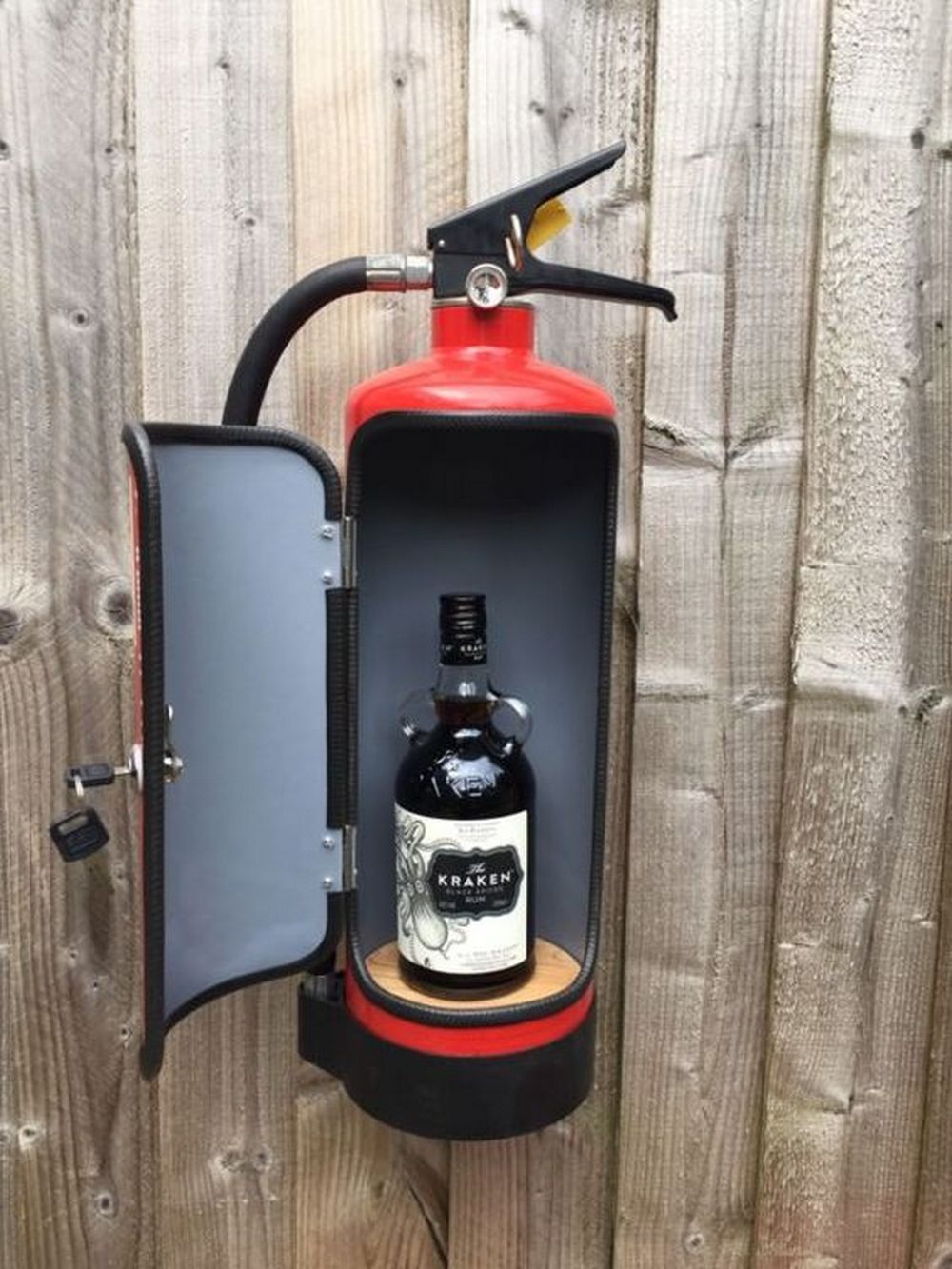
Essential DIY Guide: Choosing and Using a Fire Extinguisher
Fire extinguishers are crucial tools for home safety, providing a first line of defense against small fires. Knowing how to choose the right fire extinguisher and use it effectively is vital for every homeowner. In this comprehensive guide, we’ll walk you through the DIY process of selecting and using a fire extinguisher to protect your home and loved ones.
Understanding Fire Extinguisher Classes
Fire extinguishers come in different classes, each designed to combat specific types of fires. The three most common classes are A, B, and C. Class A extinguishers are for ordinary combustibles like wood and paper, Class B for flammable liquids, and Class C for electrical fires. When selecting a fire extinguisher, consider the types of fires most likely to occur in your home.
Choosing the Right Size and Weight
Fire extinguishers come in various sizes, and it’s essential to choose one that you can handle comfortably. The most common sizes for home use are 2.5, 5, and 10 pounds. Consider the weight and size concerning the potential user, as a heavier extinguisher may be challenging for some individuals to operate effectively.
Placement for Accessibility
Proper placement of fire extinguishers is critical for quick and easy access during an emergency. Install extinguishers in key locations, such as the kitchen, garage, and near bedroom areas. Mount them at eye level and ensure they are easily visible and reachable. Regularly check that extinguishers are in their designated locations and accessible in case of a fire.
Understanding the PASS Technique
Learning the PASS technique (Pull, Aim, Squeeze, Sweep) is fundamental for effectively using a fire extinguisher. Practice this technique in a controlled environment to familiarize yourself with the steps. Pull the pin to unlock the extinguisher, aim at the base of the fire, squeeze the handle to release the extinguishing agent, and sweep from side to side until the fire is out.
Regularly Inspecting and Maintaining Extinguishers
Regular inspections ensure that your fire extinguishers are in working condition when needed. Check the pressure gauge to ensure it is in the green zone, indicating proper pressure. Ensure the pin is intact and the nozzle is unobstructed. Shake dry chemical extinguishers monthly to prevent the powder from settling. Schedule an annual professional inspection for a thorough examination.
Knowing When to Use an Extinguisher
Understanding when to use a fire extinguisher is crucial for effective fire response. Small, contained fires that are in their early stages and manageable with the extinguisher are suitable for intervention. However, if a fire is spreading rapidly or becoming uncontrollable, it’s essential to prioritize your safety and evacuate the premises immediately. Use the extinguisher only when it is safe to do so.
Educating Family Members
Fire safety is a shared responsibility, and it’s crucial to educate all family members on the proper use of fire extinguishers. Conduct regular fire drills, ensuring that everyone knows the locations of extinguishers and understands the PASS technique. Empower your family to act quickly and responsibly in the event of a fire.
Understanding Limitations and Calling for Help
While fire extinguishers are effective for small fires, they have limitations. If a fire is spreading rapidly or involves hazardous materials, do not attempt to extinguish it yourself. Evacuate the premises and call emergency services immediately. Firefighters are trained to handle larger and more dangerous fires.
Practicing Fire Prevention
While having a fire extinguisher is essential, practicing fire prevention is equally important. Regularly check and maintain electrical appliances, avoid overloading outlets, and keep flammable materials away from heat sources. A proactive approach to fire prevention reduces the likelihood of fires occurring in the first place.
Choose and Use a Fire Extinguisher DIY: A Comprehensive Resource
For more detailed information on choosing and using a fire extinguisher DIY, visit mimimises.org. Explore comprehensive resources to empower you in safeguarding your home against the threat of fire through proper fire extinguisher selection and usage.
In conclusion, being prepared and knowledgeable about choosing and using a fire extinguisher is a crucial aspect of home safety. By following this DIY guide, you can confidently select the right extinguisher, understand its usage, and contribute to the safety of your home and loved ones.












